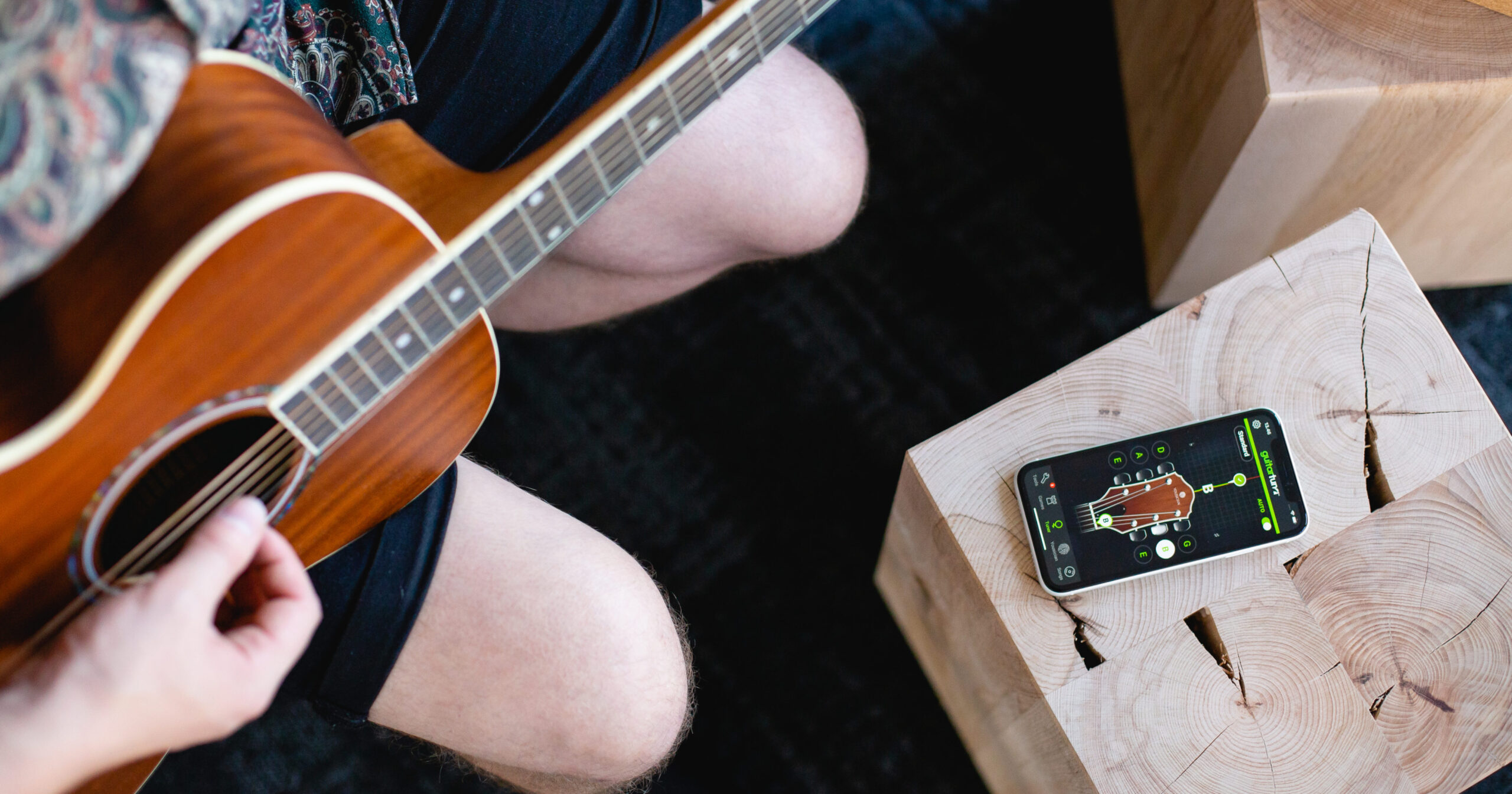One of the most confusing things for a new player is navigating the endless options of buying their first tuner. Should I buy a guitar tuner, chromatic tuner, clip on, pedal tuner, stand alone unit or an app on my phone? On and on the choices go, but this isn’t just an issue for beginning players but even those of us who have been at this a while. Just recently I was in search of a new tuner for the shop and found myself in this exact place so I thought I’d share my finding to help you navigate this terrain.
GUITAR TUNERS AND CHROMATIC TUNERS
First, let’s talk about the difference between guitar tuners and chromatic tuners. Simply put guitar tuners are just that, they tune just the notes found on a guitar. This would also work for other instruments that share the same notes of the guitar like bass, mandolin, banjo, ect. A chromatic tuner will have all 7 notes as well as sharps and flats and can potentially tune any stringed instrument.
PEDAL TUNERS
Another decision that can thin the herd of options would be to decide if you would be using this on a guitar that is plugged in or strictly acoustic. If you plan to plug into your tuner then a pedal tuner might just be for you. Pedal tuners are restricted from using them without plugging in so if your plan is to use it acoustically then you can eliminate that from the list. Most stand alone units work with a built in microphone to read the strings as well as an ability to plug into the tuner with a 1/4” cable. There are also many apps available today that you can download on your smartphone and those have come a long way in recent years and is a super convenient tool to have at your disposal.
CLIP ON
One of the most popular types of tuners you find is the clip on style tuner. This is a small unit that typically gets clipped to the headstock and reads the note by the vibration of the note rather than using a microphone. These also tend to run in the lower end price range which also makes it a popular choice for most beginning players.
METER, STROBE, AND POLYTUNE TUNERS
Now we move to the final and most confusing part of your new tuner purchasing choices. There are three main different types of tuners at this point. First you have the standard meter style display with a flat side on the left and a sharp side on the right. The goal is to get the needle in the center and typically it will beep or light up green to let you know its in tune. Next you have a strobe tuner, these are the most accurate of all tuners but take the most time to learn the ropes and are incredibly expensive. Mechanical strobe tuners work like a stroboscope, a spinning disk with a strobe pattern is backlit with many LEDs that flash at rate related to the given string played. When the speed of the disk matches the rate the LEDs flash at the pattern on the disk appears to freeze motion. Digital versions of strobe tuners are also produced and tend to be more accurate than your typical clip on style tuner. Finally you have the polytune tuners. Poly tune tuners work like a regular tuner but also have a feature that allows you to stum all 6 strings on the guitar at once and tune them individually. This is kind of a neat option but as I was reading and watching reviews it doesn’t appear to be super accurate. It’s a fun option to have I guess but to me lands in the “New Snake Oil” category as I don’t really see the benefits of tuning all your strings at once.
To wrap up there is no “buy this tuner because it’s the best.” I wish that wasn’t the case here but with all these options it pretty much comes down to price point and personal preference. One caveat I will leave you with though is a guitar, or any other fretted instrument, is an imperfect design. No matter how much we get the notes in tune when the string is open it WILL NOT play perfectly in tune all the way up the neck. I noticed some of these tuners offering “sweetend tunings” as well and that seems to be a new catch phrase in the guitar world. The problem is that one guitars “sweetend tuning” may make your guitar play out of tune. My advice is get a tuner, any tuner, and train your ear to hear when its in tune and when its not and you’ll eventually develop your own “sweetend tuning”.
Happy Pickin’!


Recent Comments